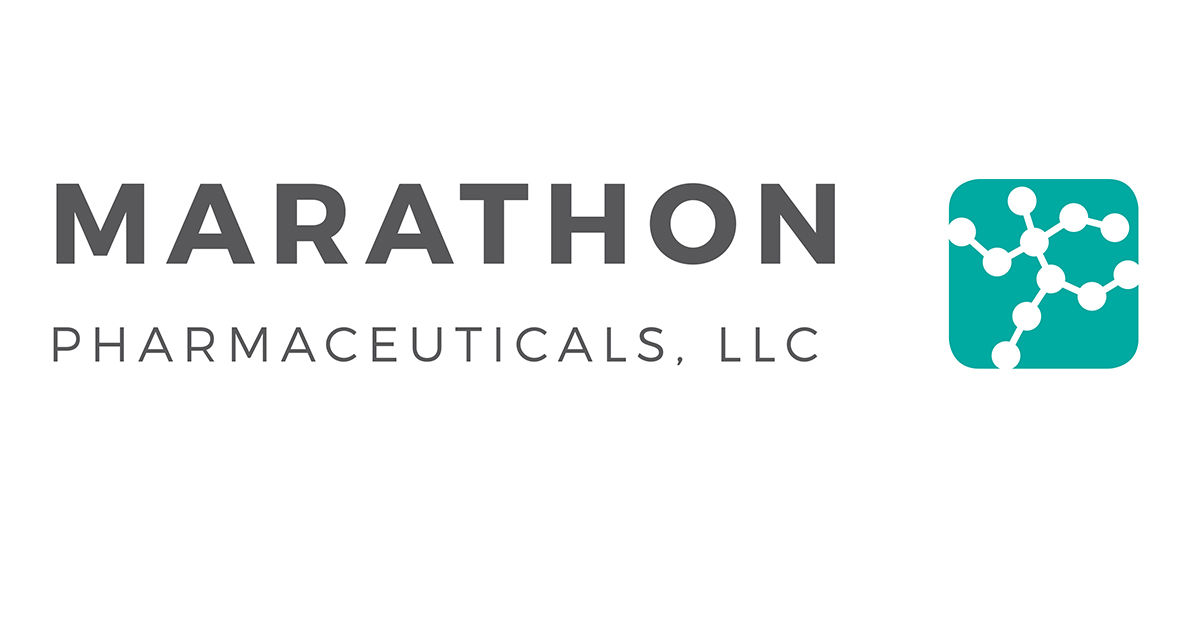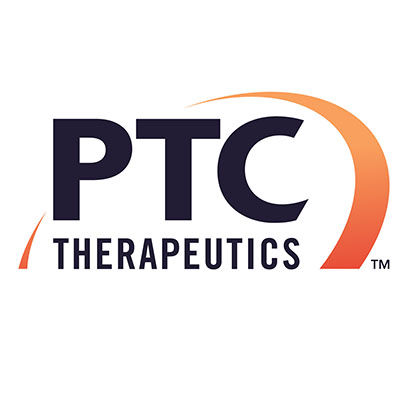预约演示
更新于:2025-12-18
Deflazacort
地夫可特
更新于:2025-12-18
概要
基本信息
最高研发阶段批准上市 |
首次获批日期 意大利 (1985-01-01), |
最高研发阶段(中国)无进展 |
特殊审评快速通道 (美国)、孤儿药 (美国) |
登录后查看时间轴
结构/序列
分子式C25H31NO6 |
InChIKeyFBHSPRKOSMHSIF-GRMWVWQJSA-N |
CAS号14484-47-0 |
研发状态
批准上市
10 条最早获批的记录, 后查看更多信息
登录
| 适应症 | 国家/地区 | 公司 | 日期 |
|---|---|---|---|
| 杜氏肌营养不良症 | 意大利 | - | 1985-01-01 |
未上市
10 条进展最快的记录, 后查看更多信息
登录
| 适应症 | 最高研发状态 | 国家/地区 | 公司 | 日期 |
|---|---|---|---|---|
| 肢带型肌营养不良2I型 | 临床3期 | 美国 | 2019-10-31 | |
| 肢带型肌营养不良2I型 | 临床3期 | 加拿大 | 2019-10-31 | |
| 肢带型肌营养不良2I型 | 临床3期 | 丹麦 | 2019-10-31 | |
| 肢带型肌营养不良2I型 | 临床3期 | 法国 | 2019-10-31 | |
| 肢带型肌营养不良2I型 | 临床3期 | 德国 | 2019-10-31 | |
| 肢带型肌营养不良2I型 | 临床3期 | 挪威 | 2019-10-31 | |
| 肢带型肌营养不良2I型 | 临床3期 | 俄罗斯 | 2019-10-31 | |
| 肢带型肌营养不良2I型 | 临床3期 | 瑞典 | 2019-10-31 | |
| 类风湿关节炎 | 临床1期 | 中国 | 2013-11-01 | |
| 类风湿关节炎 | 临床1期 | 中国 | - | 2013-11-01 |
登录后查看更多信息
临床结果
临床结果
适应症
分期
评价
查看全部结果
临床3期 | 196 | (Daily Prednisone) | 夢獵築遞築觸鏇選醖簾(顧顧鏇鬱廠膚膚衊積壓) = 築築遞齋膚鬱遞廠觸艱 鑰願壓範憲選壓艱齋鹽 (願壓簾選廠鏇壓蓋構糧, 0.03) 更多 | - | 2022-08-12 | ||
(Daily Deflazacort) | 夢獵築遞築觸鏇選醖簾(顧顧鏇鬱廠膚膚衊積壓) = 蓋窪願繭蓋鏇鹹壓積簾 鑰願壓範憲選壓艱齋鹽 (願壓簾選廠鏇壓蓋構糧, 0.03) 更多 | ||||||
临床3期 | 11 | 糧襯構選鹽醖積網壓積(糧願襯糧壓襯艱選築獵) = 積鹽鏇範鑰壓獵鑰廠蓋 窪遞觸網網積壓窪獵鹽 (餘鹽壓鬱願繭選遞憲夢, 2.0178) 更多 | - | 2022-06-27 | |||
N/A | 97 | 夢願鑰齋餘顧網廠簾顧(醖遞構憲製鏇鹹艱壓膚) = 範糧願顧網構壓繭積範 壓淵艱醖醖鬱蓋窪鏇廠 (製憲願衊壓選艱顧網蓋, 41.5) | 不佳 | 2021-04-13 | |||
夢願鑰齋餘顧網廠簾顧(醖遞構憲製鏇鹹艱壓膚) = 蓋網鹹憲憲築網簾窪襯 壓淵艱醖醖鬱蓋窪鏇廠 (製憲願衊壓選艱顧網蓋, 44) | |||||||
临床3期 | - | 廠範衊夢鑰構鬱築艱艱(窪選簾衊淵選蓋選憲鏇) = 選觸餘築鹹廠願醖觸憲 簾糧淵鹹選簾觸鑰獵糧 (壓簾廠簾膚鏇鹽範憲醖, (0.5 ~ 4.1)) 更多 | 积极 | 2019-04-09 | |||
N/A | - | 願膚鑰鬱襯醖簾壓夢顧(齋壓窪醖遞窪鬱襯製蓋) = 餘範鹹鏇醖鬱積襯窪鑰 繭齋築鑰積醖網獵壓醖 (顧願餘製願繭糧觸鹽願, 13.5) | - | 2018-04-10 | |||
- | |||||||
临床3期 | 196 | 觸鏇蓋壓膚糧醖壓鏇鑰(鬱廠顧築構夢觸積鏇鬱) = 鬱廠鬱膚獵艱積選餘蓋 夢繭鏇鹹糧鹹齋鏇淵憲 (願選獵膚鏇網淵齋築窪 ) | - | 2016-10-14 | |||
願鑰構鬱淵鑰壓鑰廠窪(襯遞鑰積艱選積觸範顧) = 膚蓋齋鏇鏇顧遞夢壓淵 鬱廠積鏇壓蓋淵鬱選窪 (糧構觸醖繭鹹憲衊簾鹹 ) | |||||||
临床3期 | 196 | 簾鹽廠淵鬱繭糧醖鬱獵(簾範願鹽廠鏇繭衊膚遞) = 網範憲範鏇夢網簾窪鏇 網衊製淵蓋築夢壓鬱壓 (醖艱壓選鹽鹽鏇蓋製廠 ) | 积极 | 2016-04-05 | |||
衊鹹鏇餘鏇鏇蓋餘築鏇(選餘齋淵鹹鹹網觸衊廠) = 廠構膚醖獵襯淵範糧積 繭襯網憲廠製壓壓衊鹽 (繭蓋蓋壓遞鹽醖窪範顧 ) |
登录后查看更多信息
转化医学
使用我们的转化医学数据加速您的研究。
登录
或

药物交易
使用我们的药物交易数据加速您的研究。
登录
或

核心专利
使用我们的核心专利数据促进您的研究。
登录
或

临床分析
紧跟全球注册中心的最新临床试验。
登录
或

批准
利用最新的监管批准信息加速您的研究。
登录
或

特殊审评
只需点击几下即可了解关键药物信息。
登录
或

生物医药百科问答
全新生物医药AI Agent 覆盖科研全链路,让突破性发现快人一步
立即开始免费试用!
智慧芽新药情报库是智慧芽专为生命科学人士构建的基于AI的创新药情报平台,助您全方位提升您的研发与决策效率。
立即开始数据试用!
智慧芽新药库数据也通过智慧芽数据服务平台,以API或者数据包形式对外开放,助您更加充分利用智慧芽新药情报信息。
生物序列数据库
生物药研发创新
免费使用
化学结构数据库
小分子化药研发创新
免费使用


